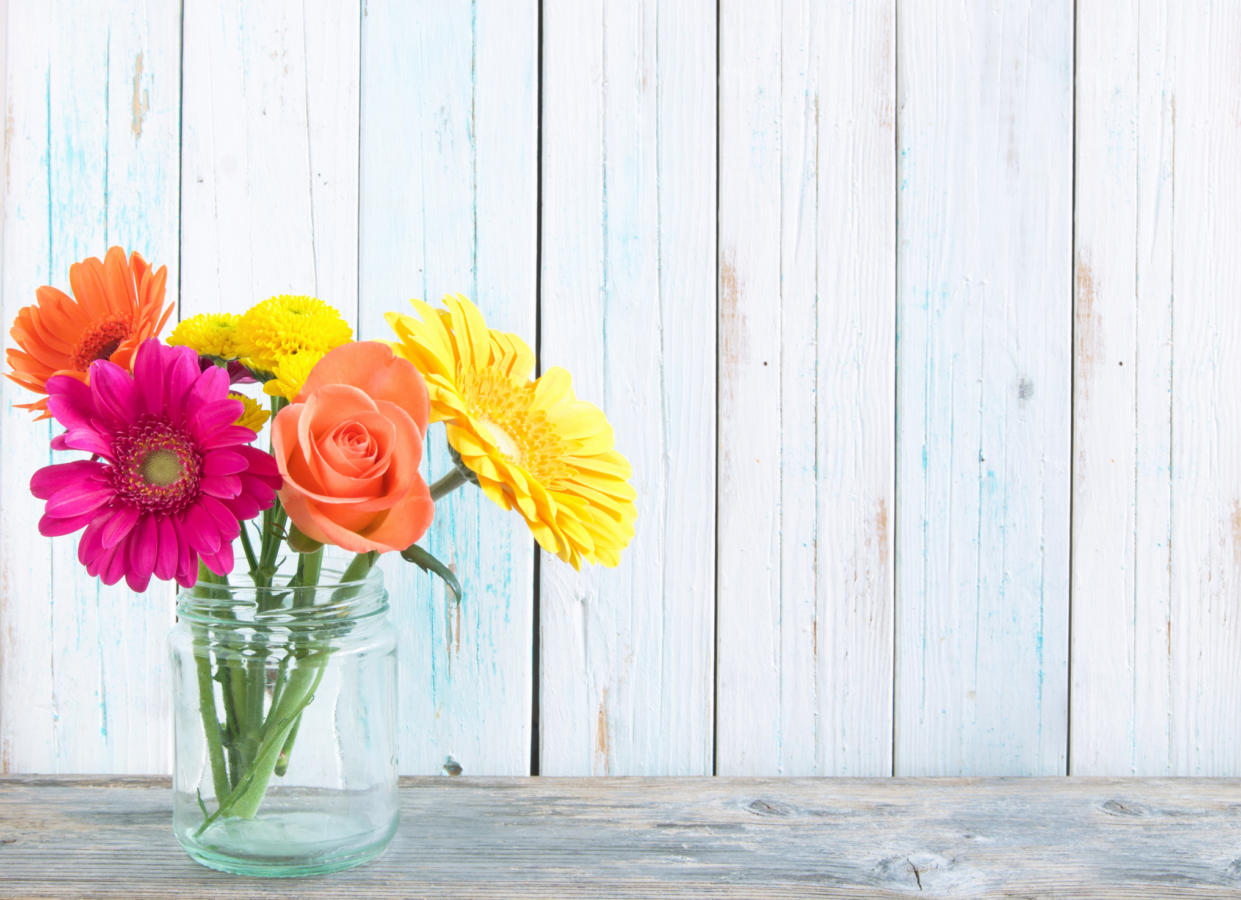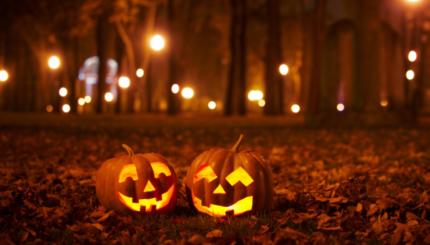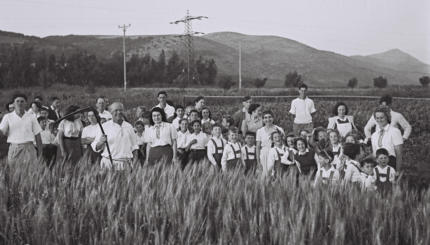Synagogues and homes are traditionally adorned with fresh greens and flowers in honor of the holiday that occurs in the spring. Small trees, leafy or flowering plants, boughs, and floral arrangements are placed around the sanctuary and near the ark, as well as around the house and on the dining table.
Favorite flowers for the occasion are lilies–standing in for the lily of the valley to which Israel is compared in the Song of Songs (2:1-2)–and roses, chosen because of a playful reinterpretation of a verse from the Book of Esther (8:14), “the decree (dat) was proclaimed in Shushan” becomes “the law (dat) was given with a rose (shoshan).“Lilies and roses often have been placed directly on the Sifrei (plural of sefer–scroll) Torah, individually, in wreaths, or in garlands.
As an agricultural holiday, Shavuot has always been linked to plant life. In particular, the baskets used to transport first fruits to the Temple were adorned with flowers and leaves. According to another explanation for the decorative scheme, the greens recall Sinai itself. The fact that the Israelites were warned not to allow their livestock to graze near the mountain (Exodus 19:12-13) indicates there was a grassy oasis at its base. The greens serve as vibrant reminders that Torah is “a tree of life to those who hold fast to it” (Proverbs 3:18).
Some rabbis claimed–even though they are in contradiction to the foundation for the holiday of Tu Bishevat–that we use branches because Shavuot is the Day of Judgment for fruit trees. Rabbi Elijah, Gaon (meaning” excellency” or “genius”) of Vilna, Lithuania–the leading sage of his era (1720-1797)–tried to have the custom of decorating with flowers and leaves discontinued when similar practices became widespread among Christian churches for Whitsun, the day Jesus’ disciples are said to have been divinely inspired (the Christian version of Pentecost, Greek for “50th” and the archaic term for Shavuot).
With your help, My Jewish Learning can provide endless opportunities for learning, connection and discovery.
Despite the admonition of the Vilna Gaon, using plants and flowers to decorate homes and synagogues for Shavuot was fairly widespread, particularly in Europe. Fresh grass was sometimes scattered on the floor of a house, and spices and roses on the synagogue floor, a reference to the midrash claiming that the Israelites had to be revived after fainting out of fear when they heard God’s voice. Another midrashsays that the fragrance of spices filled the world as each commandment was issued. Because flowers were used to decorate the Sifrei Torah,in Italy the holiday was called the Feast of Roses, and in Persia the Feast of Flowers.
Papercuts
The prohibition by the Vilna Gaon of using decorative greens may have led to the adaptation of the folk art of paper cutting specifically for Shavuot. While the craft in general was widespread, its application for this holiday was limited geographically to Galicia, Bukovina, and adjoining areas of Poland and Russia, especially Lithuania and the Ukraine.
Inthe 19th and early 20th centuries, heder [religious school] and yeshivah [advanced Talmudic academy] students and older men with time on their hands created the intricate lacy patterns. The papercuts–called Shavuoslekh (little Shavuot) or roiselekh (little roses) for their characteristic shape and design–were the only Jewish papercuts seen from the street. (The works of the Jewish artists Maurice Gottleib and Mark Antokolski are said to have attracted the attention of non-Jewish patrons who later helped the artists enter art academies.)
Floral motifs were prevalent, inspired by words of the Akdamut hymn [which is read in synagogue on Shavuot], the legend that Mount Sinai burst into flower at the giving of the Torah, the classic image of Torah as the Tree of Life, and the Song of Songs’ image of Israel as a rose. Some papercuts had text-–“Hag Hashavuot Hazeh“(this Shavuot festival)–and some depicted classic Jewish symbols: the crowned Torah scroll, tablets of the commandments, star of David, animals real and mythological, and zodiac signs.
Excerpted from Celebrate! The Complete Jewish Holiday Handbook. Reprinted with permission from Jason Aronson Inc.
Shavuot
Pronounced: shah-voo-OTE (oo as in boot), also shah-VOO-us, Origin: Hebrew, the holiday celebrating the giving of the Torah at Mount Sinai, falls in the Hebrew month Sivan, which usually coincides with May or June.
Torah
Pronunced: TORE-uh, Origin: Hebrew, the Five Books of Moses.



